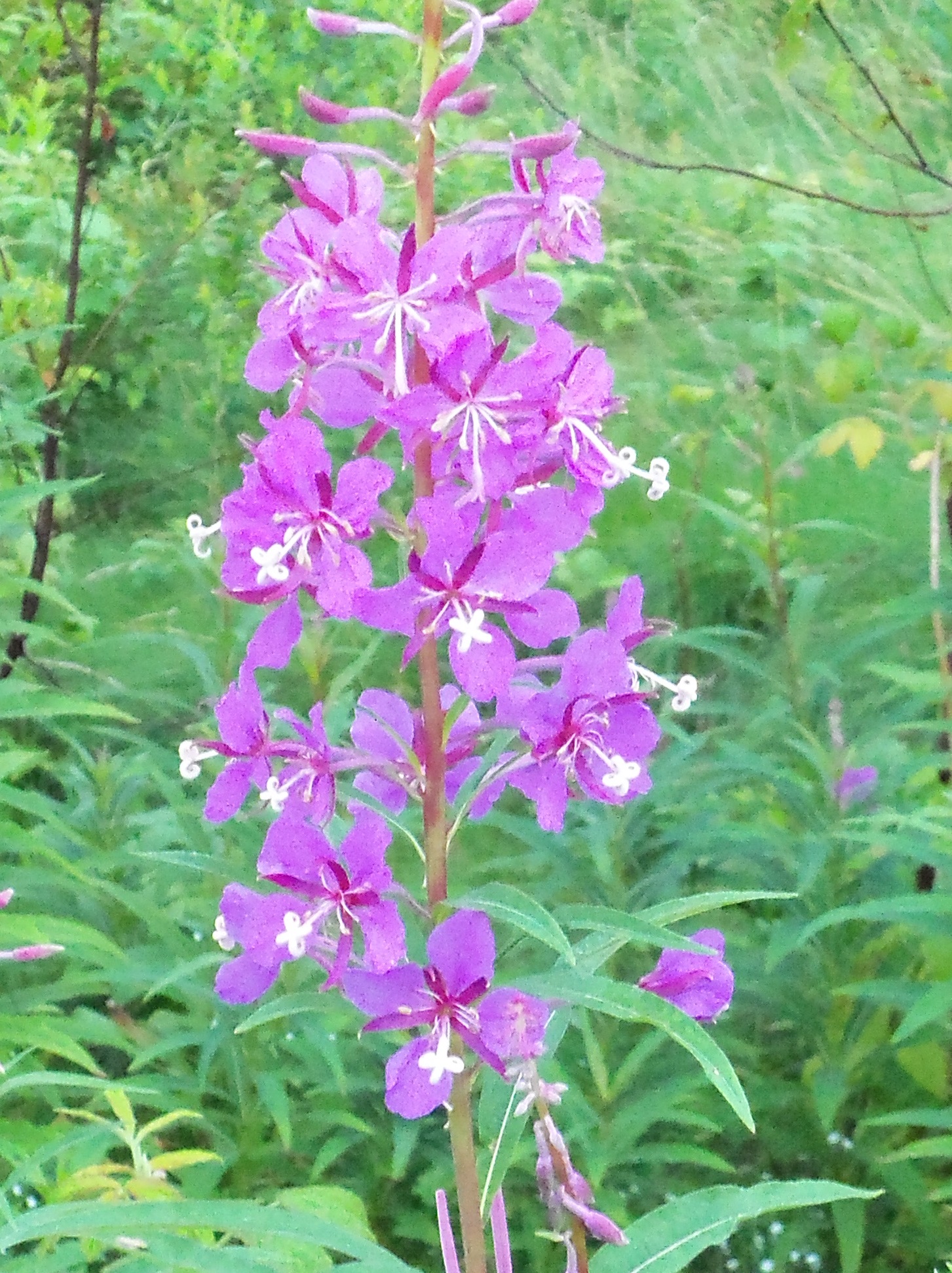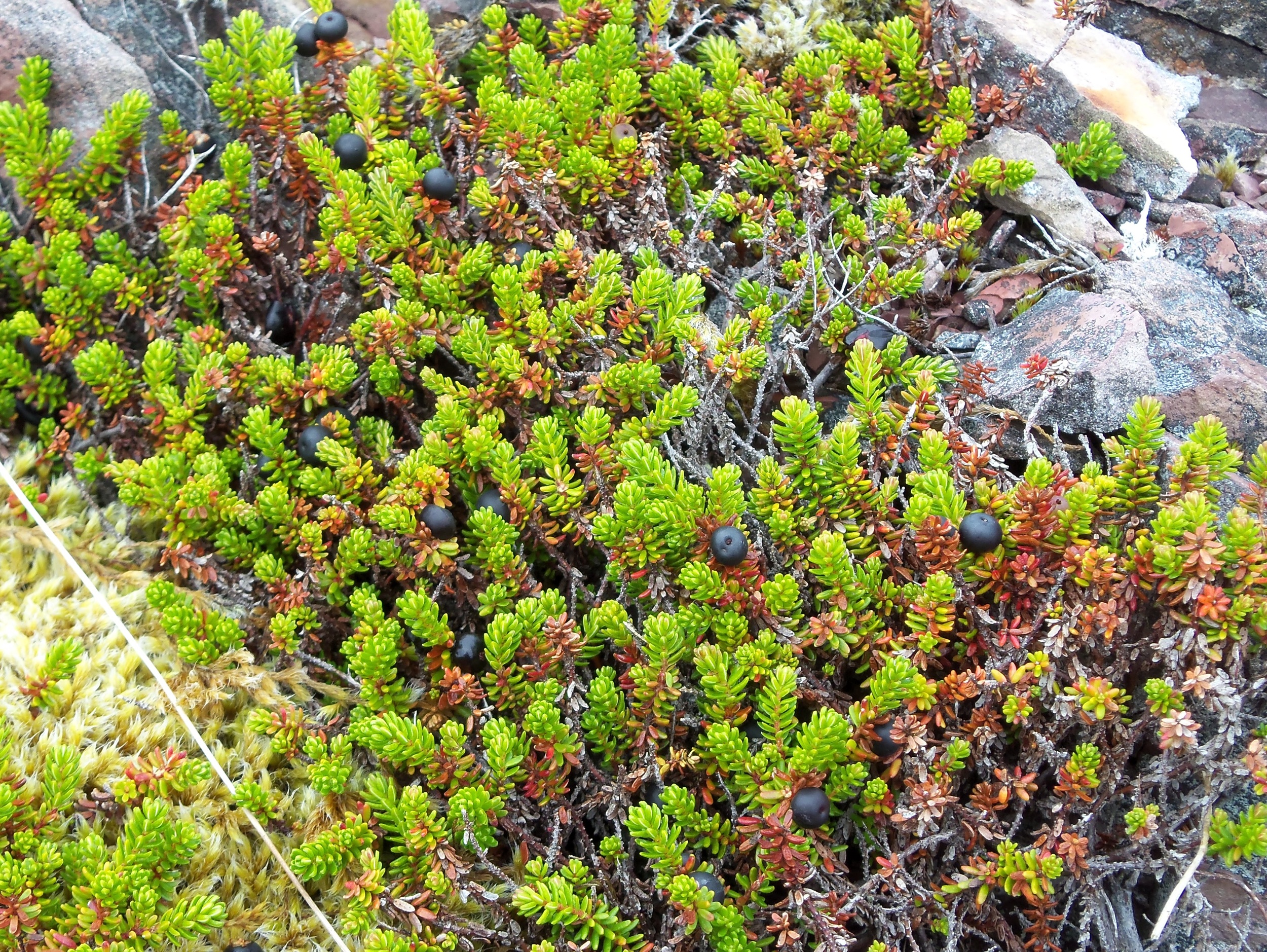
We have entered the season of plenty. So much to write about, but all of my time is being taken up with hikes and gardening. Here are a few bits and peices of information to chew on.
By now, mature dandelions are too bitter and tough to eat. But, if you look in your gardens, the seeds from the spring dandelions are sprouting. Let them get a bit bigger (if you dare) and you’ll be able to take advantage of this versatile plant. There are a couple of spots in my veggie garden that are empty (due to slugs, bad weather, or bad timing), so I am planning on hiding my mistakes by letting them fill in the bare spots, and harvesting for summer salads or winter freezing.
Native and introduced roses are in bloom. Take advantage of the plentiful petals which can add amazing flavour to baked goods, teas, jams, and jellies. All rose petals are edible, but petals from scented roses are the most flavourful.
Fireweed (Chamerion angustifolium) is another one of those multi-use plants. These single stemmed herbaceous plants, with numerous narrow leaves are currently in flower. They grow in disturbed areas, and are usually found following forest fires (hence the name). There is a nice field of them by the visitor centre on Signal Hill. Flowers and unopened buds can be used in salads. Flowers can also be collected and made into teas, jellies, honey, or even ice cream! Mark the spot where you see patches of fireweed now, and return in the spring for a bountiful harvest of greens.
I was recently on a hike and had the pleasure of quenching my thirst with black crowberry (Empetrum nigrum). These low growing shrubs (10 - 15 cm tall), form mats along coastal areas and barrens. While they don’t have much flavour, they can be used with other berries in jams, made into wine, or just eaten for a crisp and juicy snack.
I also recently noticed people in fens along the highways with beef buckets, indicating that the bakeapples (Rubrus chmaemorus) are ready for the picking. The ones that I have seen were not quite ripe (like the one I took a picture of this past weekend). But as they are not one of my favourites, I never really looked that hard. These are best picked when translucent and are a juicy treat for those who like them. Jams, syrups, wines, in pastries, meringues, and on cheesecakes...there are many ways to serve this “amber jewel of the bog.”
This is a busy time for gardeners and foragers. Many of us are busy harvesting, foraging, and shopping at the local farmer’s markets. We are filling our pantries and freezers with the freshest foods possible, to ensure a winter supply of tasty and nutritious foods.







